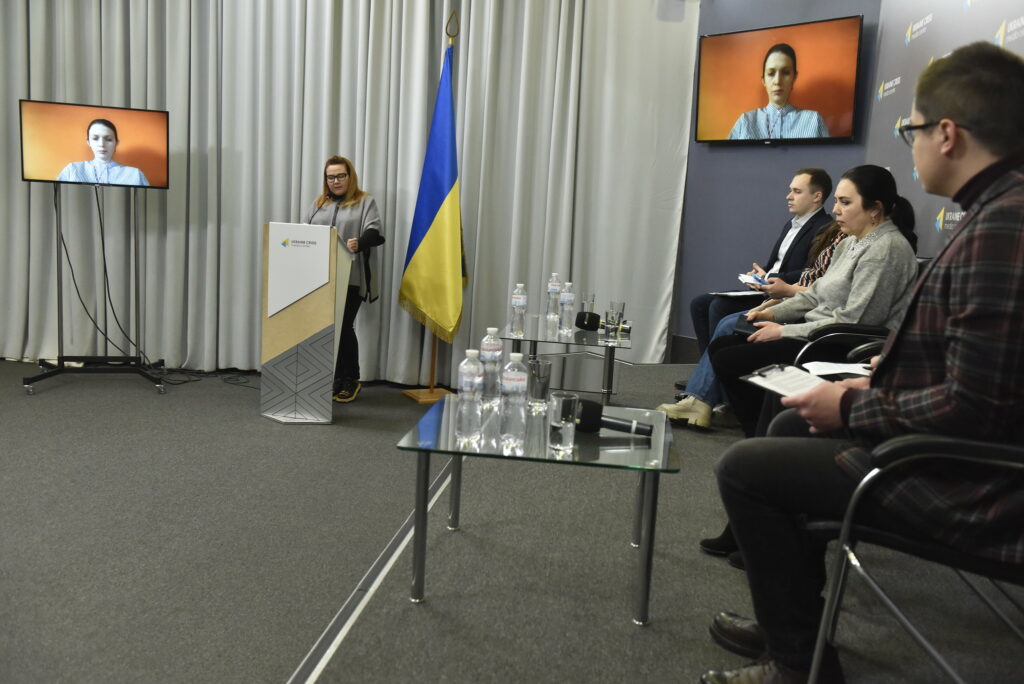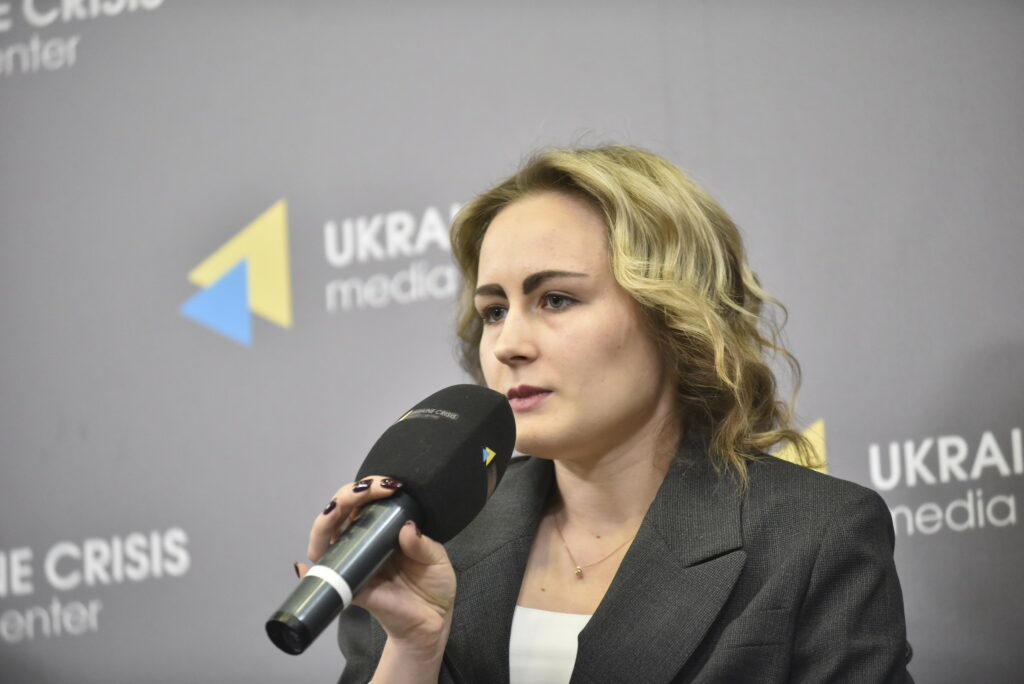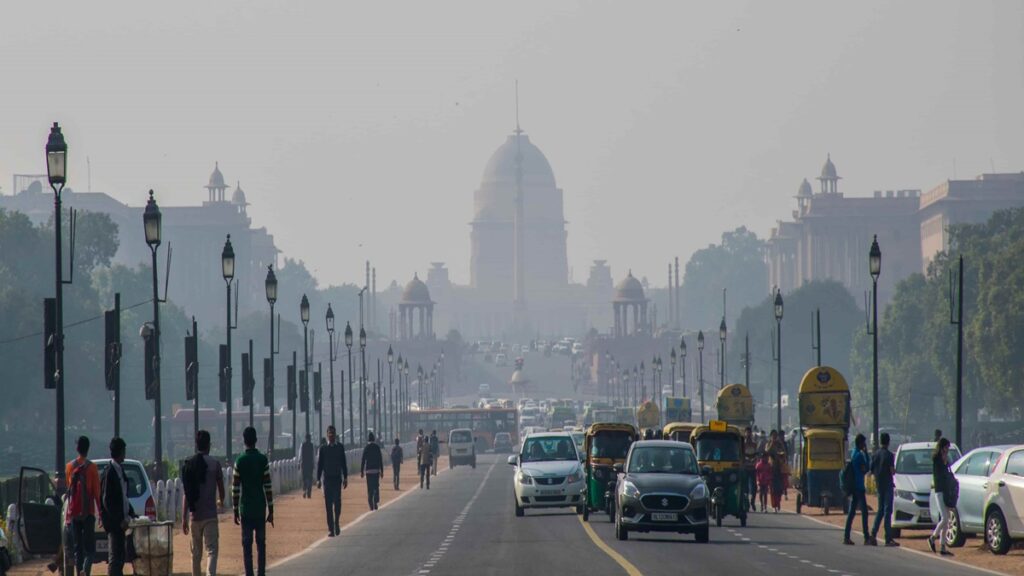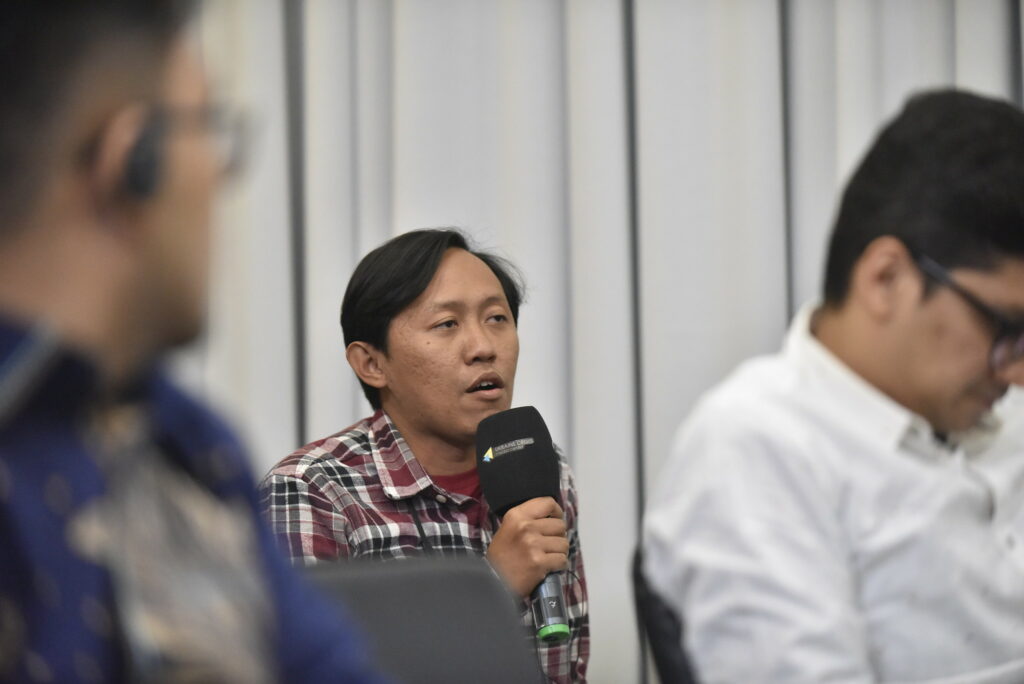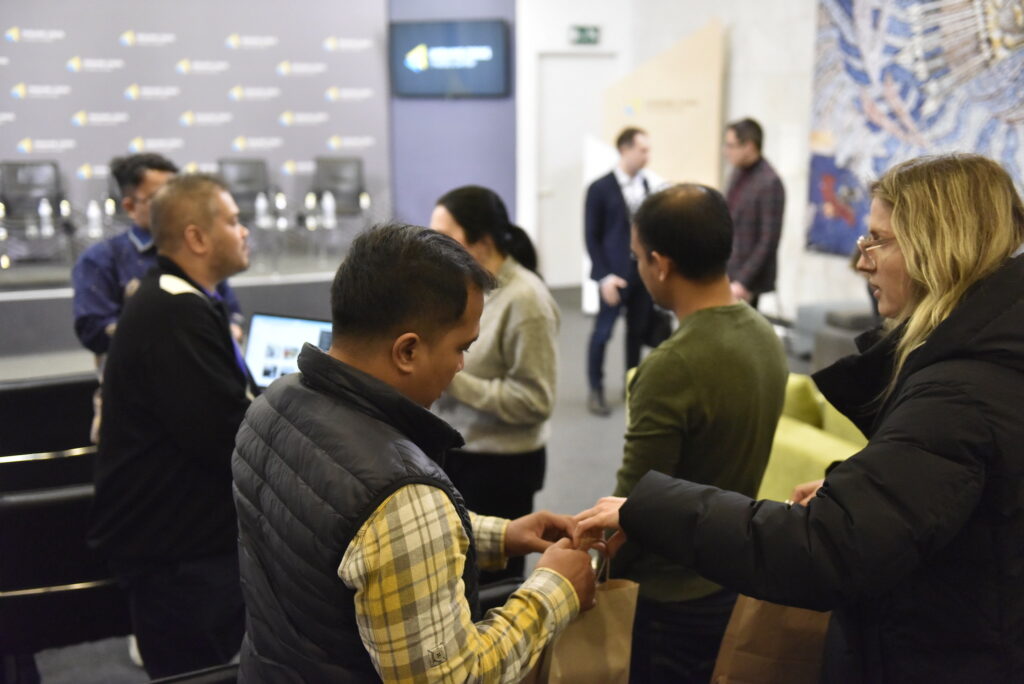In 2022, according to official data, 15.3 million Russians lived below the poverty line, which was equal to the population of two European countries – Hungary and Slovakia. However, this did not stop the Kremlin from spending an equivalent of $1.9 billion on propaganda. As it turned out, the money was well spent as it became a sort of investment in public opinion of other countries. And when Russian tanks entered the land of sovereign Ukraine, the investment worked – the countries of the Global South, unlike Europe, either supported Putin’s rhetoric or took a neutral position.
How can we reduce this Russian information influence on the countries of South Asia, which are increasingly convinced that this Moscow’s behavior can provoke Beijing to do something similar to its neighbors? This was discussed at the panel discussion “Narratives of Russian propaganda in the information space of India and the ASEAN countries” held at Ukraine Crisis Media Center as part of the “Unfold Ukraine to Global South” project implemented by UCMC in cooperation and coordination with the Open Society Foundation and funded by the International Renaissance Foundation.
The event was part of the program of the press tour to Ukraine of a group of journalists from India, Malaysia, the Philippines and Indonesia. It was aimed at changing the focus of covering the events of the Russian-Ukrainian war in the countries of the conventional Global South and providing them with information for an objective and holistic understanding of the context and features of Russian-Ukrainian relations.
How Russian propaganda works
“Russians in various countries are launching disinformation campaigns using the same tools and methods as they did against Ukraine. They work with people who can support their narratives, establish contacts with them and pay for their work. These can be local activists and social influencers,” said Olena Churanova, a fact-checker, media expert at StopFake.org, a project founded in the same revolutionary times as Ukraine Crisis Media Center. Today, both play an important role in countering Russian propaganda.
Tetyana Kolosova, Head of the UCMC Press Center, also noted this: “World War III has begun. At least in the information field. Russia spends huge amounts of money on its propaganda campaigns around the world. Ukrainians have lived under this pressure for decades, but now we know how to fight it.”
StopFake.org noted that Russian propaganda is very interested in people who spread conspiracy theories. During the 2020 pandemic, Russia actively used information to destabilize the situation in various countries. This also happened in Ukraine, where certain people spread anti-vaccination messages. However, in February 2022, after starting the full-scale invasion, they switched to disinformation about the Russian-Ukrainian war.
When it comes to disinformation channels, they primarily look for those that are most widespread in the country.
“In Ukraine, these were TV channels,” Olena Churanova emphasized. “We got the news from there. These are different media. Some of them were related to the Russian Federation, and therefore spread Russian narratives. However, in 2022, many of them were closed due to sanctions. The Russians had to look for another channel to spread disinformation in Ukraine, and they chose Telegram.”
Now it is the most popular source of news for Ukrainians, and the Russians, of course, use it to their advantage. StopFake closely monitors this, and can see when and how the next disinformation campaign starts.
“When you hear or read that everything in Ukraine started with the best intentions, Russia is a peaceful country and protects its culture, values and population, and the real aggressor is the West, you can be sure that it is the Kremlin propaganda. This is the key narrative, but new ones emerge all the time. Today, propaganda reaches out to audiences in other countries in various ways to make their governments stop supporting Ukraine. They say there is no reason for this, there is a huge level of corruption here, your aid will be stolen and sold on some black market. They say: every country has problems, and your government should focus on solving them instead of getting involved in foreign wars. When you hear it, it’s also a broadcast of Russian propaganda,” the fact-checker emphasized, speaking about the outer broadcast of narratives about the Russian-Ukrainian war.
Iryna Subota, an analyst at the Center for Strategic Communications and Information Security, added that Russia can simultaneously spread some inconsistent and conflicting messages.
“In one and the same country, we see that countries are supplying weapons to Ukraine to escalate the war on the part of Russia. On the other hand, it is reported that Western countries are refusing to supply weapons,” she explained.
It is also worth noting that Russian narratives often have a local context. In Indonesia, for example, you can find reports about growing anti-Islam trends in Europe. It is spread through Russian channels in this country.
In any country, there is a search for vulnerable topics and a vulnerable audience. Another basis for conducting disinformation operations is issues of history and culture. The experience of each region is studied to develop appropriate narratives.
“We must understand that Russian propaganda does not just spread fakes. They can elaborate a whole story that can develop over time,” said Iryna Subota.
South Asia must hear Ukraine’s voice
“Military aid to Ukraine threatens Russian escalation”
“NATO is part of the Russian-Ukrainian conflict”
“Supplying weapons to Ukraine may end in a global nuclear disaster”
“NATO and the USA are getting weaker due to the support for Ukraine”
These are not news headlines, but Kremlin-shaped narratives targeted at the population of India and Indonesia through local media. The Center for Strategic Communications and Information Security came to this conclusion after conducting a monitoring.
Interestingly, a separate narrative has been launched in Indonesia suggesting that the country should act on the side of Russia.
However, Russia uses not only Sputnik and loyal media to promote these messages. According to Olha Vorozhbyt, the deputy editor-in-chief at Ukrayinskyi Tyzhden, an affiliated expert at the Ukrainian Prism think tank, there were 20,000 Indian students in Ukraine before the full-scale invasion. Their parents are now afraid of this, because they see what the media report. Russian propaganda willingly uses students for its own purposes. During one of the information campaigns, it was heard that Indians in Ukraine experience negative attitudes towards them.
“Another thing is history,” the expert said. “Often, to influence the audience, they remind them about the Soviet times, and it is necessary to separate these issues. In India, for example, we heard that there were Russian engineers who came. However, in fact, in the USSR, many Ukrainian engineers went to Indian factories to reconstruct them.”
The Russian propaganda actions resemble an armed forces offensive in a military campaign. Success is visible where there is no resistance. For people in South Asia to be able to fully understand what is happening in Ukraine, it must be present in the information space and be active.
Oleksiy Feshchenko, an analyst at the International Charitable Foundation of Civil Diplomacy, also thinks so. He is convinced that it is not that countries are bad, and so they do not want to help us. The matter is that there is almost no Ukrainian content in the news. There is a lack of information, financial, material and human resources to communicate the truth to the population of these countries.
“The second aspect is to intensify the work of embassies in the context of countering fakes. We can create information departments. We must conduct panel discussions, debates, and record messages at the level of diplomatic missions more often. We have embassies in India and Indonesia. In Malaysia, there is only a temporary representative, and in the Philippines, a country with more than 100 million people, there is no embassy at all,” he said.
It is necessary to strengthen ties in the field of public diplomacy. This is an alternative that can be used to bypass what the Kremlin is doing. In fact, this is the implementation of the so-called soft power.
“In my view, it would be better to use cultural diplomacy in this context. This is the basis for building much closer ties. This refers to cultural events, mirror opening of cultural centers. This will allow us to spread information that we are an authentic country, because the Kremlin’s narratives are trying to prove to the population of various countries that Ukraine is no more than a shadow of Russia,” Oleksiy Feshchenko believes.
News diplomacy
One of the goals of visiting Ukraine was the journalists’ desire to understand the context and features of the Russian war. They were interested not only in the things that they do not read about in their countries, but also in comments about publications in the Western media. In particular, they mentioned that Volodymyr Zelensky was shown as abandoned by the West at the Vilnius NATO summit.
“This is an example when analytics is made from nothing,” said Volodymyr Solovyan, Head of the UCMC Hybrid Warfare Analytical Group. “Not only in the countries of the Global South, but even in the West, we often see how generalizing conclusions about the course of the war and its prospects are made on the basis of superficial conclusions. This makes us explain to Western audiences why support for Ukraine is important, and the events in our east and south are part of the global picture.”
He believes the conclusion about Ukraine being abandoned by the West is wrong. He says that they are finally coming to understand that the war in Ukraine is only an element of a global mosaic, and are starting to arm themselves.
“Regardless of the results of the U.S. elections, Europe will increase the production of weapons, which will eventually lead to better supply of the Armed Forces of Ukraine,” the speaker added.
Natalia Butyrska, an expert on the Asia-Pacific region, helped him clarify what is happening in Ukraine. She emphasized that the victory of Ukraine should be seen as a victory of international law and international order. She also explained why the Kremlin’s statements cannot be trusted.
“Russia is depriving us of our Motherland and cutting off relatives from each other because they cannot keep in touch. Instead, they say to Ukraine: you are weaker, you should give territories and then Russia will stop. We don’t believe that. Previously, Russia signed all kinds of treaties with Ukraine, in which it recognized our independence, sovereignty, and territorial integrity. Moreover, the Russian Federation, together with other states, is a signatory of the Budapest Memorandum, according to which it also guaranteed the sovereignty and territorial integrity of Ukraine. In exchange for this, we gave up our entire nuclear arsenal, which at that time was the third largest in the world,” Natalia Butyrska recalled.
In her opinion, in the South Asian region, China played a very negative role in Russia’s war against Ukraine by spreading Russian narratives in its media. Given how these two countries have come together, how seriously they are promoting the right of force and changes in the international order, the region must be very careful and watch whether China is studying Russian methods in order to use this force in case of Ukraine’s defeat.
One of the safeguards against this is immersion in a foreign country’s events, the opportunity to see and draw conclusions, share experiences, and listen to advice. The more such attempts are made, the more journalists will be able to protect national interests and the sprouts of democracy in their homeland.
Natalia Butyrska said: “Our countries have suffered from the force and pressure of great powers throughout their history, and that is why contacts, help, and understanding will break all barriers.”

